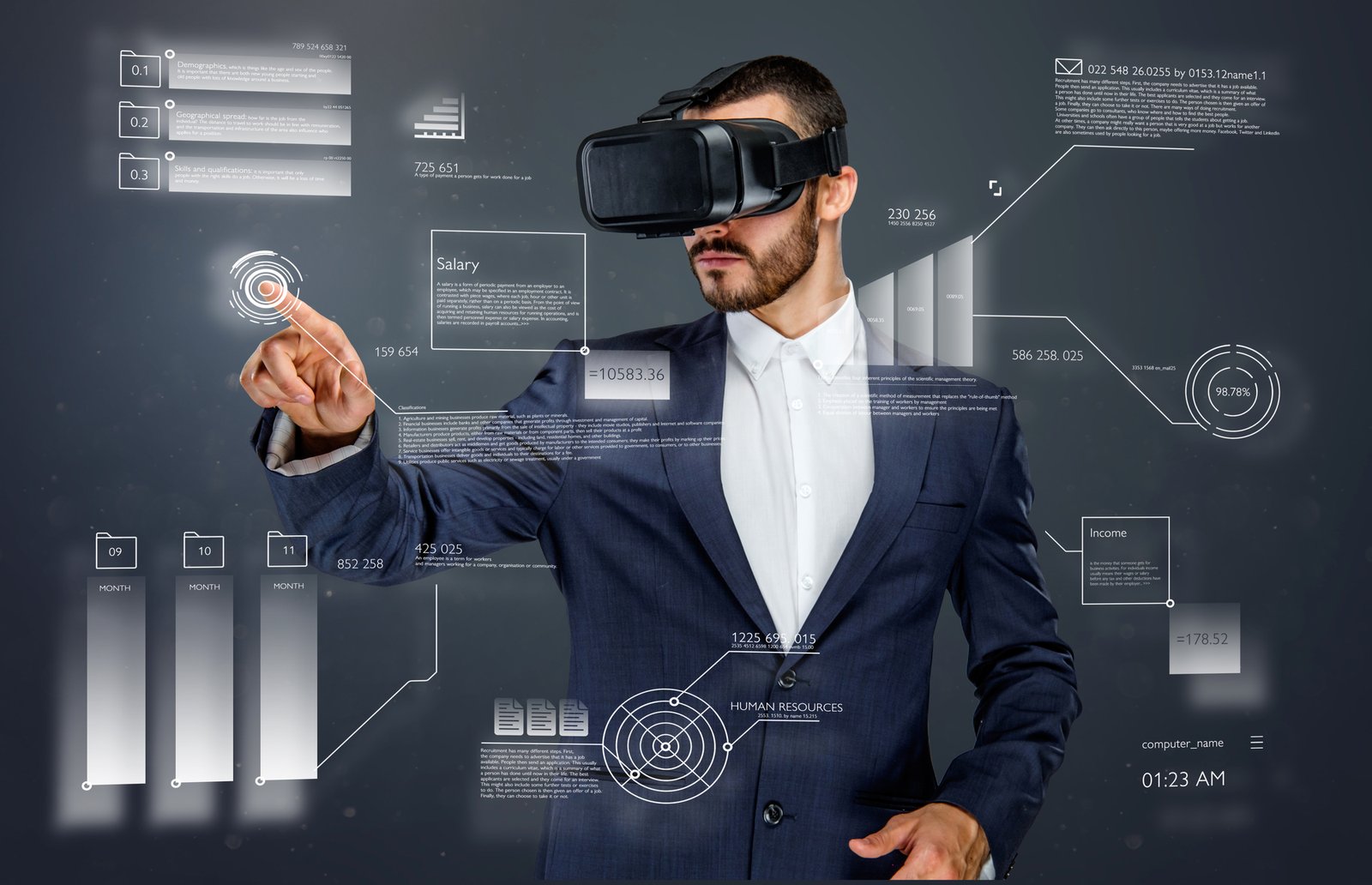
Best Technology Trends For Chemistry Students In 2021
Technology helps chemistry students do what is considered all but impossible: make a volumetric analysis and pass the exam. They can now get the required results by following a digital recipe based on their laboratory notes.
Different technology trends will be helpful for chemistry students in 2021. These technology trends include:
- Artificial Intelligence (AI)
- Blockchain Technology And Cryptocurrencies
- 3D Printing
- Virtual Reality and Augmented Reality
- Internet Of Things (IoT)
In this post, we will discuss each trend as briefly as possible:
Artificial Intelligence (AI)
Artificial intelligence is a type of technology that helps in decision-making and problem-solving automatically. It replicates human cognitive functions such as learning, reasoning, and self-correction.
AI takes the power of computers to the next level. This technology will become an integral part of our lives in the future. Chemical companies are already using AI technology in carrying out day-to-day activities. It is also helpful in design, research, development, and analysis within the field of chemistry.
Blockchain Technology And Cryptocurrencies

It is a digital ledger programmed for nomic transactions to record non-financial transactions. It records transactions across many computers to prevent tampering and revision without the need for a central authority.
Blockchain technology can be used to secure data within chemistry, such as patents, research papers, clinical trial results, etc. Cryptocurrencies are virtual currencies and digital money.
There are different kinds of cryptocurrencies such as Bitcoin, Ethereum, etc. Cryptocurrencies help in fast and secure money transfers without involving any intermediary such as banks or payment companies.
3D Printing
It is a process of creating a three-dimensional object from a digital model.
3D printers work by laying down many thin layers of material under computer control. This technology helps carry out research activities such as modelling and prototyping, etc. 3D printing helps reduce the cost involved during experimentation and make industry-standard parts for chemistry equipment.
Virtual and Augmented Reality
It is a technology that offers a three-dimensional world or environment with which people can interact with.
It creates a life-like experience for the user by making them feel present in the virtual world. Augmented reality enhances an existing real-world environment by providing additional information through devices such as smartphones. It gives the user an improved experience. They can be used in training students to carry out experiments safely.
Internet Of Things (IoT)

It is a network of devices such as smartphones, watches, home appliances, with software and network connectivity enabling data exchange and collection.
It enables the appliances to report on events, send messages, take action based on their information, etc. It can be used for remote diagnostics of equipment in laboratories.
The benefits of such technology to chemistry students:
- Understand the fundamentals of AI; this tool helps you solve statistics questions faster and accurately.
- Work on projects that deal with different technology like blockchain, 3D printing, etc.
- Develop devices that can communicate with each other within chemistry labs
- Learn how to set up experiments remotely using sensors and IoT technologies
- Get exposure to virtual reality and augmented reality in chemistry labs
- Develop products that are based on the internet of things in the lab
The internet of things will be immensely beneficial in carrying out experiments in chemistry domains for research purposes. This technology helps us keep track of all the procedures carried out inside laboratories, which can later help file patents for discoveries made in chemistry research.
In conclusion, AI, blockchain, 3D printing, virtual reality, and augmented reality are some technology fields that chemistry students can focus on to enhance their skills and excel in their exams.




